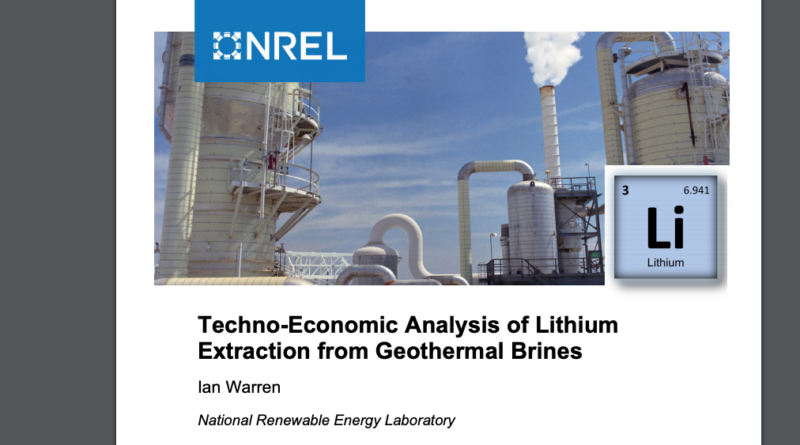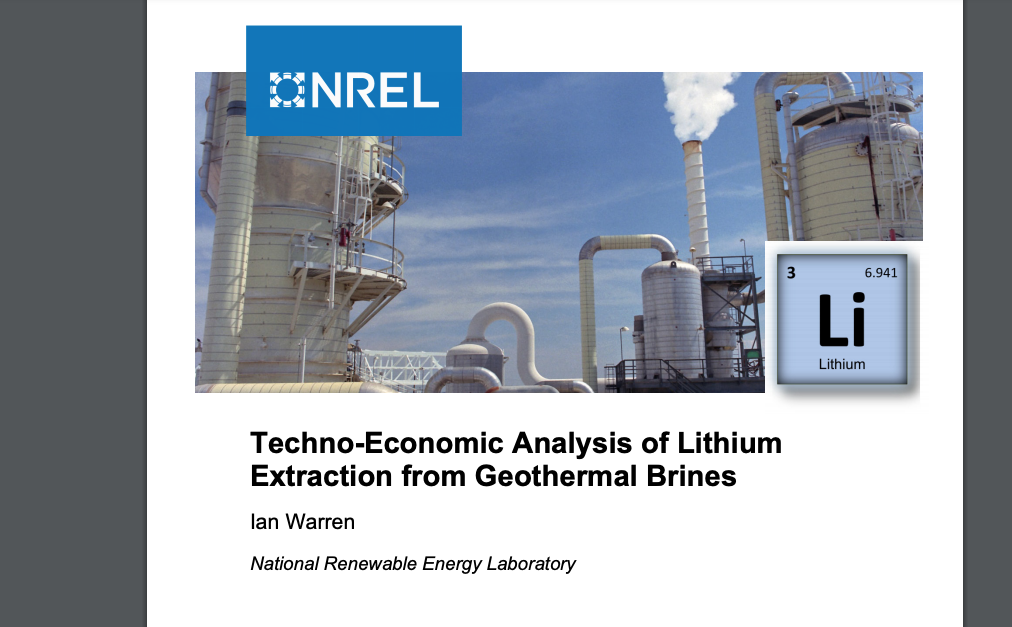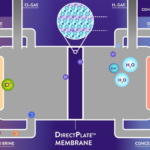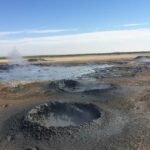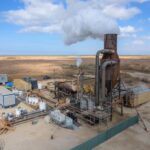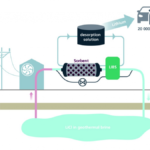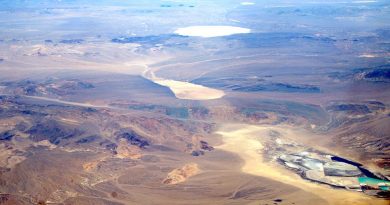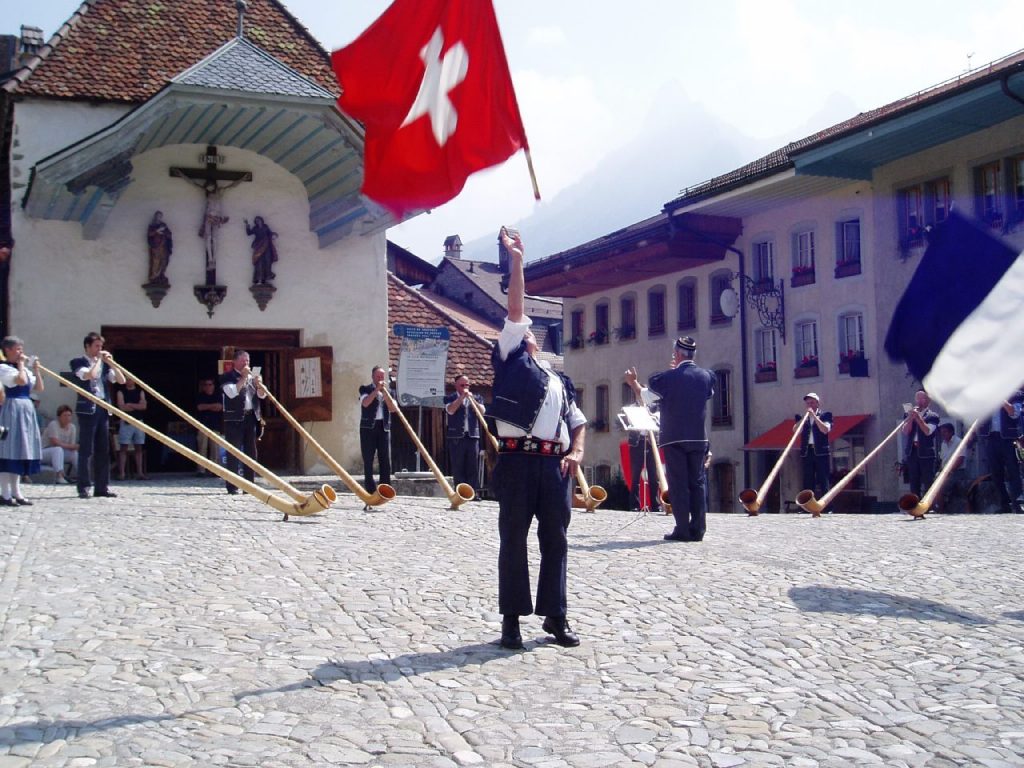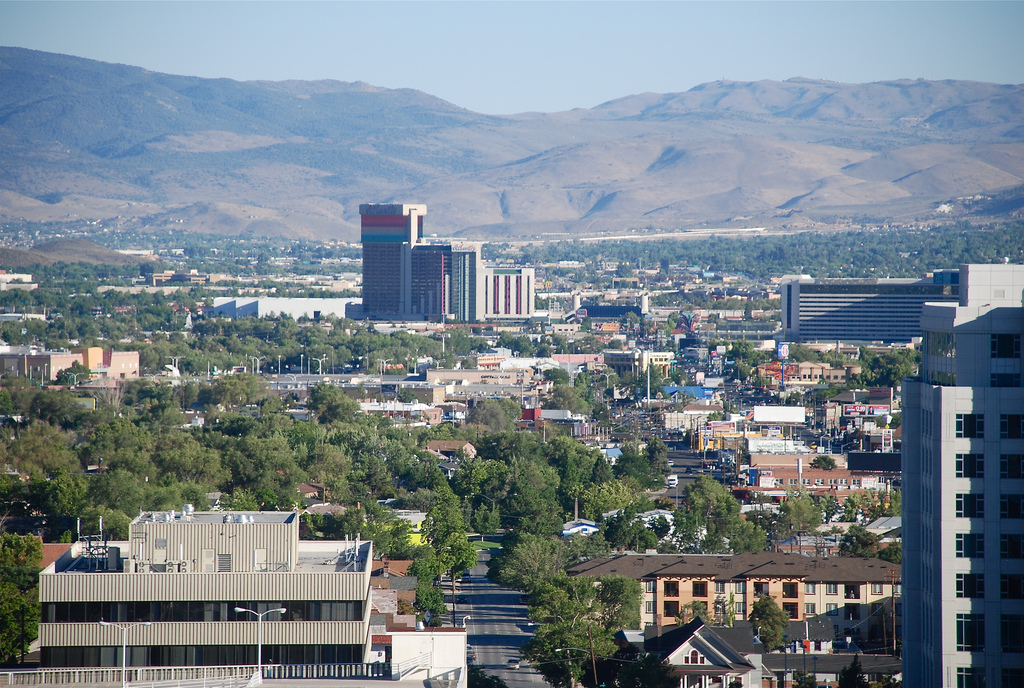Report – Techno-economic analysis geothermal Lithium extraction
Energy Disrupter
NREL in the U.S. has released an interesting study on the technical and economic aspects of lithium extraction from geothermal brines.
Last month, the National Renewable Energy Laboratory (NREL) in the U.S. has released an interesting report, providing a “Techno-Economic Analysis of Lithium Extraction from Geothermal Brines”.
The technical report was written by Ian Warren and was released in May 2021.
The United States has a large, domestic source of lithium in geothermal fluids, especially at the Salton Sea region of southern California, where estimates of lithium pass-through at geothermal plants exceed 24,000 metric tons per year, based on 2019 geothermal plant operations. Lithium extraction from geothermal brines offers the potential to provide the United States with a secure, domestic supply of lithium to meet the increasing demands of electric vehicles, grid energy storage, portable electronics, and other end-use applications. Additionally, the use of direct extraction technologies allows for a more sustainable lithium supply relative to current evaporative brine and hardrock mining operations in terms of land use, water use, time to market with lithium products, and carbon intensity of operations. This report is part of an effort to assess geothermal brines as a source of commercial lithium supply for the United States. In this study, the National Renewable Energy Laboratory (NREL) reviews and summarizes public techno-economic analyses of lithium extraction technologies. The work was coordinated with the Critical Minerals Institute at the Colorado School of Mines who focused on supply chain analysis of lithium.
The report provides details on the Lithium extraction technology, lithium and geothermal brines, and the detailed techno-economic analysis.
The analysis provides an interesting overview on the project economics for the different planned Direct Lithium Extraction projects internationally, including both geothermal, avaporite, oilfield and salar resources. In its ovevriew it looks at two geothermal brine-based DLE projects, namely the Salton Sea/ U.S. and the Upper Rhine Valley/ Germany.
The lithium concentration seems to be the highest for the Salton Sea/ California, also providing high lithium recovery rates and rather high pretax internal rate of returns.
The report looks at available data, which is somewhat limited for some projects and efforts, but provides a great insight into the economics of lithium extraction from geothermal brine. It though also highlights that ideally, data from pilot- and commercial-scale demonstration projects would be required for a full analysis. In addition, the report also shares details on the different techniques for extraction of Lithium from brines based on recent research efforts, highlighting that there is not yet the one and only solution that will make the market.
Source: NREL Report

